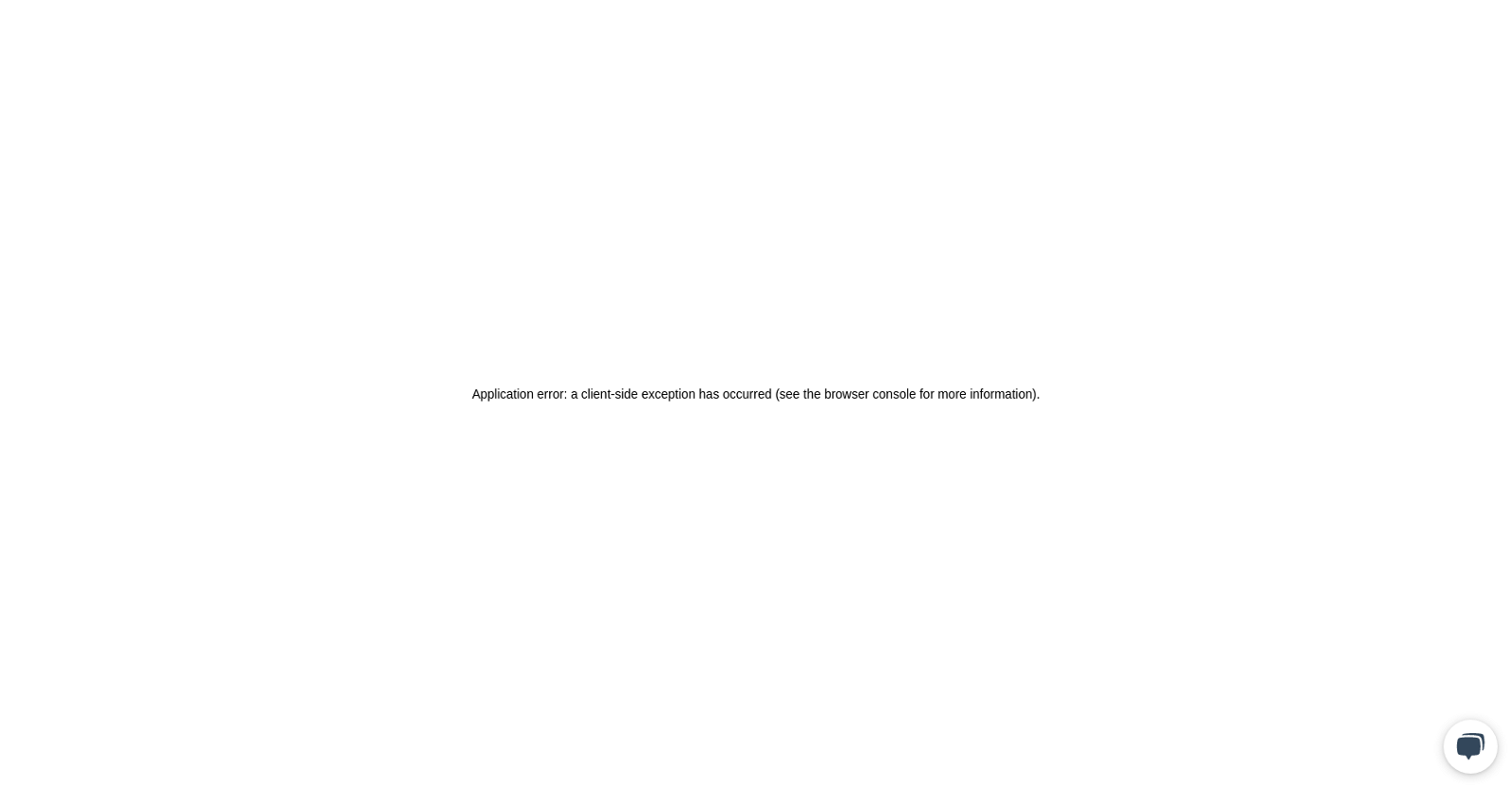Neuraspace
Neuraspace is an AI/ML solution that aims to streamline space operations and mitigate collision risks for satellite operators. With the increasing number of satellite constellations in low earth orbit, the tool addresses the challenge of managing growing fleets efficiently and effectively.
Traditionally, collision avoidance requires significant time and manpower to protect numerous satellites. Neuraspace offers a scalable solution that automates risk assessment and provides maneuver suggestions up to six days in advance of potential conjunctions.
The tool reduces the number of alerts generated, allowing operators to focus on critical alerts and reducing the need for human follow-up. It also detects high-risk collisions earlier, providing operators with more time to maneuver and avoid potential disruptions to their services.
Compared to current manual methods, which are becoming unsustainable for operators with hundreds of fleet satellites, Neuraspace’s AI/ML solution improves efficiency. It significantly reduces the time required to resolve verified close encounters and enables operators to evaluate and choose from a shortlist of suggested maneuvers within minutes.
By leveraging AI technology, Neuraspace empowers satellite operators to protect their growing fleets, minimize service disruptions, avoid collisions, and reduce liability. The tool is designed to support small teams in handling collision alerts and optimizing space operations, ultimately saving fuel and costs.
In addition to satellite operators, the tool also benefits insurance carriers by providing accurate and up-to-date statistics for risk pricing and regulators by supplying vital information to ensure space safety compliance. Neuraspace collaborates with leading AI and machine learning research centers, as well as notable industrial firms and organizations in the space sector, ensuring robustness and reliability in its solution.

